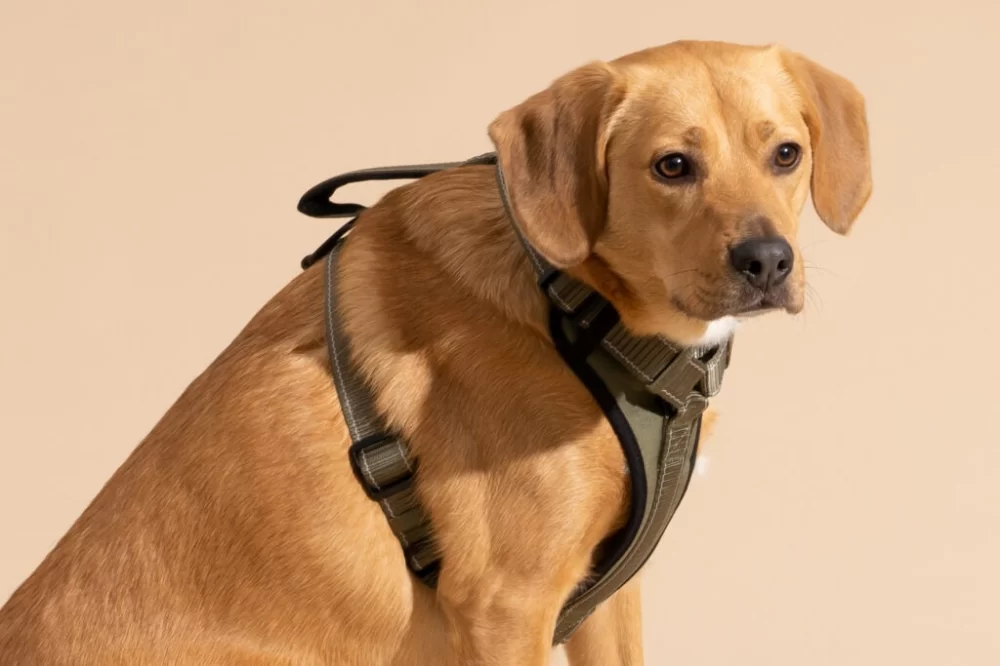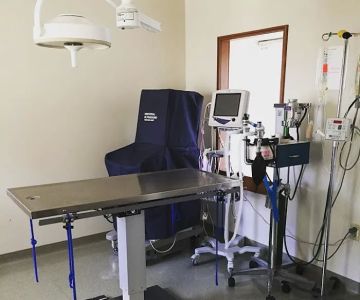- Why Choosing the Right Harness for Large Breeds Is Essential
- Understanding Key Features of Best Dog Harnesses for Large Breeds
- Practical Tips for Selecting a Comfortable and Durable Harness
- Real-Life Examples of Large Breed Dogs Benefiting from Quality Harnesses
- Where to Find the Best Dog Harnesses for Large Breeds
1. Why Choosing the Right Harness for Large Breeds Is Essential
Large breed dogs have unique needs when it comes to walking and control. Unlike smaller breeds, they often require harnesses that can handle their strength without compromising on comfort. Using a poorly designed or ill-fitting harness may lead to discomfort, injury, or even behavioral issues. For example, a harness that rubs or chokes can cause your dog to resist walks or develop anxiety. Therefore, selecting the best dog harnesses for large breeds is not just about style or convenience—it’s a critical component of your dog’s health and happiness.
Beyond the physical benefits, a well-chosen harness enhances safety during walks, giving you better control over your strong canine companion. This reduces the risk of sudden pulling incidents or escapes, which can be dangerous in urban or busy environments. Investing time in understanding what makes a harness suitable for big dogs will pay off in years of enjoyable walks.
1.1 Challenges Specific to Large Breed Dogs
Large dogs like German Shepherds, Labradors, and Great Danes tend to pull harder and require more robust equipment. A harness designed for small breeds might snap or wear out quickly under this strain. Additionally, large breeds have broader chests and necks, meaning the harness must distribute pressure evenly to avoid strain on joints and muscles.
2. Understanding Key Features of Best Dog Harnesses for Large Breeds
When searching for the best dog harnesses for large breeds, there are several critical features to consider. Each one contributes to the harness’s overall effectiveness and your dog’s comfort.
2.1 Material Durability and Strength
Durability is a must. Look for harnesses made with heavy-duty nylon, reinforced stitching, and solid buckles. These materials can withstand the force exerted by big dogs and last through rough outdoor conditions. Avoid harnesses with cheap plastic clips or thin fabric that can fray easily.
2.2 Adjustable Fit and Ergonomic Design
Every large breed dog’s body shape is unique. A good harness offers multiple adjustment points—around the neck, chest, and sometimes the belly—to ensure a snug but comfortable fit. Ergonomically designed harnesses help distribute pressure away from sensitive areas, preventing chafing and allowing natural movement.
2.3 Padding and Breathability
Padded harnesses protect your dog’s skin during long walks or active play. Breathable materials prevent overheating, especially important for active or thick-coated breeds. Consider mesh linings or ventilated designs for enhanced comfort.
3. Practical Tips for Selecting a Comfortable and Durable Harness
Choosing the right harness requires more than just picking one off the shelf. Here are some practical tips to ensure your large dog enjoys every walk:
3.1 Measure Your Dog Correctly
Use a soft tape measure to record your dog’s neck circumference, chest girth (widest part), and sometimes the length from neck to chest. These measurements help you find the best size, preventing the harness from being too tight or loose.
3.2 Test for Movement and Comfort
Once fitted, observe how your dog moves with the harness. It should not restrict their gait or rub against their armpits. If your dog shows signs of discomfort, try another model or size.
3.3 Consider the Type of Harness
There are front-clip, back-clip, and no-pull harnesses. For large breeds that pull strongly, a front-clip or no-pull harness can provide better control without choking the dog. However, some dogs may prefer back-clip designs for less restriction during casual walks.
4. Real-Life Examples of Large Breed Dogs Benefiting from Quality Harnesses
Consider Max, a six-year-old Labrador Retriever who used to pull so hard on walks that his owner feared neck injuries. After switching to a well-padded, adjustable no-pull harness designed specifically for large breeds, Max’s walks became calmer and more enjoyable. The harness distributed pressure across his chest, reducing strain on his neck and preventing pulling. His owner noticed a significant improvement in behavior and safety.
Similarly, Bella, a Great Dane, had issues with skin irritation from a poorly fitting harness. When her owner found a breathable, padded harness with multiple adjustment points, Bella’s skin healed, and she was more eager to go outside.
Stories like these highlight the difference the right harness can make in the quality of life for both dogs and their owners.
5. Where to Find the Best Dog Harnesses for Large Breeds
Finding the perfect harness doesn’t have to be overwhelming. Trusted resources like Hidden Brook Veterinary offer expert guidance and product recommendations tailored to large breed dogs. Their selection focuses on quality, comfort, and durability, ensuring you get the best fit for your furry friend.
Visiting a specialist like Hidden Brook Veterinary not only gives you access to premium products but also professional advice on harness use and fitting techniques. This can be especially valuable for first-time large dog owners or those with active or anxious dogs.
Ultimately, investing in the right harness is an investment in your dog’s health and your peace of mind during every walk.












